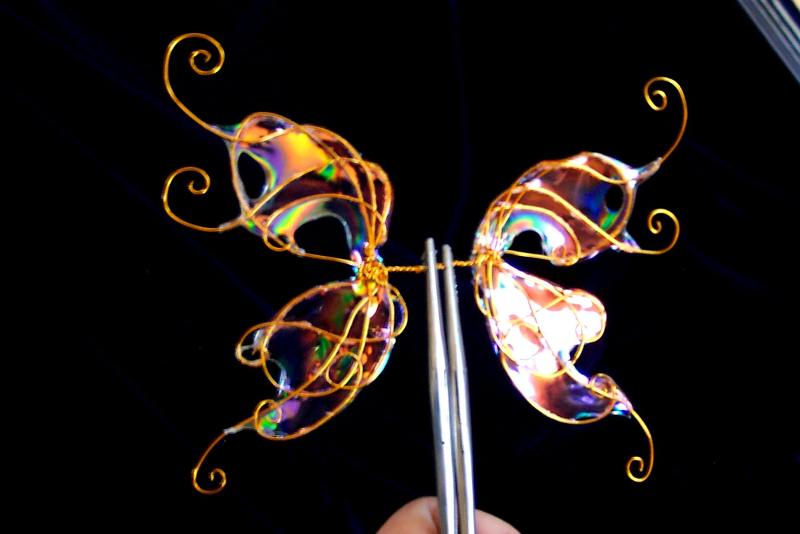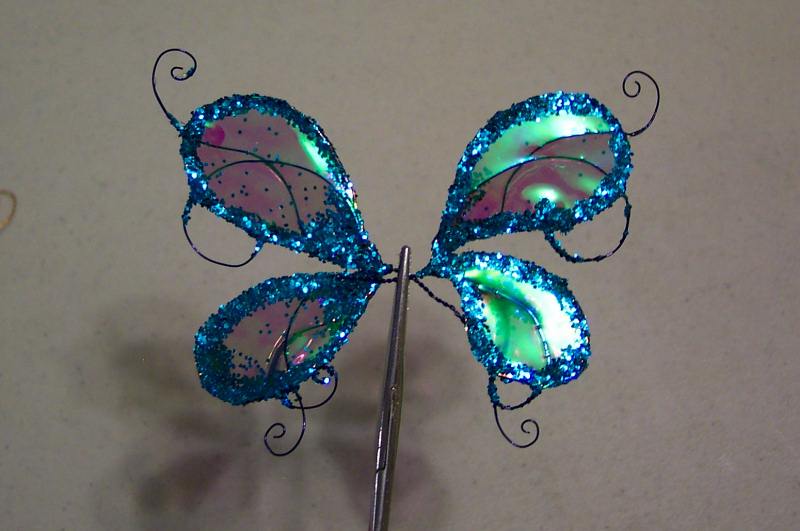-–убрики
- ¬се дл€ дома (112)
- ƒекоративные мелочи (30)
- ƒетска€ (20)
- »деи оформлени€ (47)
- ухонька (14)
- Ўторы (4)
- вышивка (7)
- ¬€зание (454)
- ƒеткам-конфеткам (137)
- ƒл€ мужчин (43)
- —ебе любимым (212)
- »грушки своими руками (74)
- »грушки-потешки (58)
- уклы (9)
- артинки и фото (59)
- ¬интажные картинки (13)
- артинки дл€ малышей (19)
- расивые фото (11)
- —казочное творчество (10)
- улинари€ (34)
- –ецепты (13)
- ”крашение блюд (22)
- Ћандшафтный дизайн (1)
- –азвиваемс€ игра€ (10)
- ал€ки-мал€ки (3)
- ниги, учебники, методики (4)
- Ћепим с малышами (1)
- –ежем, клеим, мастерим (2)
- –укотворчество (87)
- »з бумаги (19)
- »з полимерной глины, холодного фарфора .... (34)
- новому году (37)
- Ўитье (2)
-ѕоиск по дневнику
-ѕодписка по e-mail
-»нтересы
-ѕосто€нные читатели
-—ообщества
-—татистика
—оседние рубрики: »грушки-потешки(58)
ƒругие рубрики в этом дневнике: Ўитье(2), –укотворчество(87), –азвиваемс€ игра€(10), Ћандшафтный дизайн(1), улинари€(34), артинки и фото(59), »грушки своими руками(74), ¬€зание(454), вышивка(7), ¬се дл€ дома(112)
ресло дл€ куклы |
Ёто цитата сообщени€ Ўрек_Ћесной [ѕрочитать целиком + ¬ свой цитатник или сообщество!]
ѕополним коллекцию детских игрушек своими руками. Ќа этот раз давайте сделаем кресло дл€ кукол. ќчень красивое и девочкам, играющим с куклами оно будет кстати.

ћетки: кресло игрушки игрушки своими руками |
ќчень подробный ћ по кукольной ручке! |
Ёто цитата сообщени€ Ѕайкалочка_10 [ѕрочитать целиком + ¬ свой цитатник или сообщество!]
ќп€ть с заграничного сайта! Ќу очень подробно!!!!!!!! —тащила отсюда! лассный сайт по куклам! http://members.home.nl/asrai/cursus-en.htm
|
The hand I made for this lesson is from the palm of the hand to the finger tips about 1.80 inch. It is a bit bigger than I usually make, smaller gave some photographic problems 'cause I don't have a macro lens. |
 |
 |
|
The size of the hands depend on the size of the head. The length of a hand is equal to the length from chin to halfway the forehead. A face is usually about 2 hands wide. This can always vary a bit depending on the kind of doll. You start off by making 2 cylinder shaped rolls of fimo, in this lesson they are about 2.6 inch long and 0.60 inch thick (pict. 1). Sculpt one end in a kind of spoon shape by pressing the clay with your thumb. Sculpt the hand thinner to the "finger tips' by pushing it more flat (pict. 2). |
|
 |
 |
|
For this lesson I'll continue with the making of the right hand. Try to work simultaneously on both hands because it is hard to make an equal looking hand afterwards. To make a wrist, roll the clay between thumb and point finger like pict. 3 You now have a roughly shaped hand with a part arm. Make the arm thinner if necessary. Smooth the hand nice and round. The hollow part is the inside/hand palm of the hand (pict. 4). |
|
 |
 |
|
At pict. 5 you see the back of the hand. You will now make 3 incisions with a knife for separating the fingers. The thumb will be added later. Because this will be a right hand, the incision for the little finger is cut a little further than the other incisions, take your own hand as example. Bend the 2 outer fingers gently side wards so you have more space (pict. 6). Hold the fingers between your point finger and thumb. While warming the clay by the warmth of your hands, very gently roll the fingers slightly back and forth, so the inside of the fingers will also become round. You can use a sculpting tool for the areas that are difficult to reach. |
|
 |
 |
|
When the two outer fingers are smoothed, you start with the middle two. Bend them slightly apart and again roll them gently back and forth to round off the edges on the inside of the fingers (pict. 7). Do this very slowly, it is important that while you are doing this, the clay will be warmed by your fingers so they don't rip at the beginning. Use a sculpting tool to smooth the areas that are hard to reach (pict. 8). |
|
 |
 |
|
Because of the smoothing of the fingers they usually will get a little too long, cut them off at the right size (pict. 9). Round off the finger tops again (pict. 10). |
|
 |
 |
|
The fingers of the hand should now look something like pict. 11 We will now continue with the inside of the hand. Make the dimple of the hand a little more distinct by pressing the palm slightly with your thumb and smudging clay towards the wrist. (pict. 12). |
|
 |
 |
|
Press the clay on the wrist like in pict. 13, so you will clearly see the difference between the wrist and where the handpalm begins (pict. 14). |
|
 |
 |
|
Next step is making a thumb. Sculpt a pear shape piece of fimo, make an incision in the broad part of the thumb' (pict. 15) Pull the parts a bit side-wards and place the thumb on the hand as in pict. 16. |
|
 |
 |
||||||||||||||||||||||||||||||||
|
Push the thumb firmly against the hand, blend the seams on all sides with a sculpting tool and smooth with your fingers (pict. 17-18). When the thumb is too long or thick, cut off a piece and re-shape the thumb. |
|||||||||||||||||||||||||||||||||
 |
 |
||||||||||||||||||||||||||||||||
|
Nails can be made in many ways. You can draw lines with a knife or other sharp tool. You can also slantwise cut off a piece of a lemonade straw and use this to make an indent of a nail. For this lesson I used a little hollow chisel. They are normally used for chiseling wood but they are also very handy (when you turn them around) for making nail prints on clay fingers (pict. 19). Use a sharp tool to correct the lines if necessary (pict. 20). |
|||||||||||||||||||||||||||||||||
 |
 |
||||||||||||||||||||||||||||||||
|
Don't forget to attach the lines at the fingertips, so the nails will look like they lay on the finger (pict. 21). This is very precise work. We will now continue with the palm of the hand. You can make it as detailed as you like, it also depends on the pose of the doll and if the palms of the hands are visible or not. If they are not visible you can keep it more simple. Place a C-shaped slice of fimo on the palm and an extra slice at the beginning of the thumb (not too thick) as in pict. 22. |
|||||||||||||||||||||||||||||||||
 |
 |
||||||||||||||||||||||||||||||||
|
Press the slices and the seams firmly, gently blend the seams using a sculpting tool (pict. 23) make sure the palm looks natural. When all the seams are blended (pict. 24), moisten your finger and smooth the hand palm by rubbing it with your finger. |
|||||||||||||||||||||||||||||||||
 |
 |
||||||||||||||||||||||||||||||||
|
Now it is time to add some lines to the hand palm, you can use a thin sculpting tool for this (pict. 25). Look at your own hands where the lines should be. Add some lines at the beginning of the fingers using a mini tool or a toothpick (pict. 26). |
|||||||||||||||||||||||||||||||||
 |
 |
||||||||||||||||||||||||||||||||
|
Also draw lines on the inside of the fingers, again watch your own hand closely to see how this looks. (pict. 27). The inside of the hand is finished now, we turn the hand around and continue with the back. It depends on the kind of hands you want, how you will proceed. If you want real smooth elegant hands, you better not add big knuckles. Just a few 'knuckle lines' at the place of the knuckles will look nice too. If you want more detailed hands you proceed like this. Place thin slices of fimo in the middle of each finger and slices just under the fingernail. You also add slices fimo on the knuckles of the hand (pict. 28). |
|||||||||||||||||||||||||||||||||
 |
 |
||||||||||||||||||||||||||||||||
|
Carefully blend the seams with your sculpting tool until the seams are smoothened. (pict. 29-30), don't forget the sides of the fingers. Try to hold on to the shape of the knuckle, don't blend too wide, or it might end up looking more like a tumor than a knuckle... ;-). This is very precise work that will take some time. |
|||||||||||||||||||||||||||||||||
 |
 |
||||||||||||||||||||||||||||||||
|
It still looks a bit rough at this point. Moisten your finger and 'polish' the fingers to make them smooth, without fading out the knuckles (pict. 31). Between the knuckles on the hand, you draw some lines with your sculpting tool towards the arm, to accentuate some of the muscles (pict. 32). Rub the lines with a finger to blur and make it look more natural.
|
|||||||||||||||||||||||||||||||||
ћетки: куклы |
Ўикарный парик дл€ куклы из ниток! (в€зание) |
Ёто цитата сообщени€ “аша92 [ѕрочитать целиком + ¬ свой цитатник или сообщество!]
¬от такие парики ¬ы с легкостью можете сделать сами!



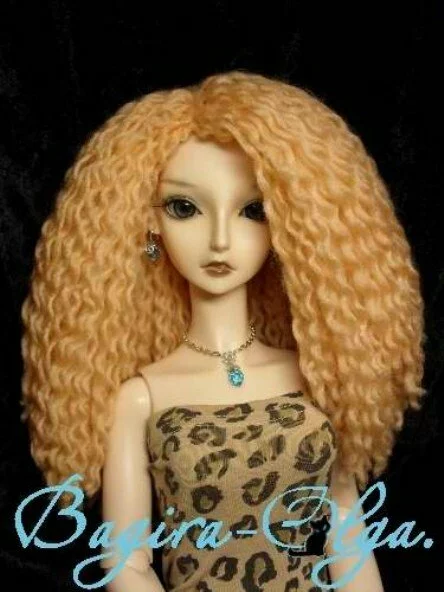

ћетки: куклы игрушки |
ѕарик дл€ куклы |
Ёто цитата сообщени€ Ѕайкалочка_10 [ѕрочитать целиком + ¬ свой цитатник или сообщество!]
«наю, таких уроков множество, но здесь хочу показать, как делаю именно €.
ќчень надеюсь, что это кому-то пригодитс€ 
„асть 1: Ўапочка
≈сть несколько способов сделать шапочку. Ќачну с самого сложного, но и самого цивильного.
1.1. ¬ырезаем из неплотного трикотажа три детали: два одинаковых полукруга и пр€моугольник

ћетки: куклы игрушки |
¬еликолепные прически дл€ кукол |
Ёто цитата сообщени€ pawy [ѕрочитать целиком + ¬ свой цитатник или сообщество!]
¬от журнал с великолепными прическами дл€ кукол. ∆аль что он не на русском или хот€ бы не на английском €зыке, иероглифы € не читаю. ƒумаю, что фотографии причесок тоже могут помочь в поиске образа.
1.
ћетки: куклы |
ѕотр€сающа€ проволочна€ карета!!! |
Ёто цитата сообщени€ “аша92 [ѕрочитать целиком + ¬ свой цитатник или сообщество!]
ћетки: игрушки |
ћ Ћепим из полимерной глины младенца. |
Ёто цитата сообщени€ ћарриэтта [ѕрочитать целиком + ¬ свой цитатник или сообщество!]
»сточник http://demiart.ru/forum/index.php?showtopic=173318 јвтор  Baikova
Baikova
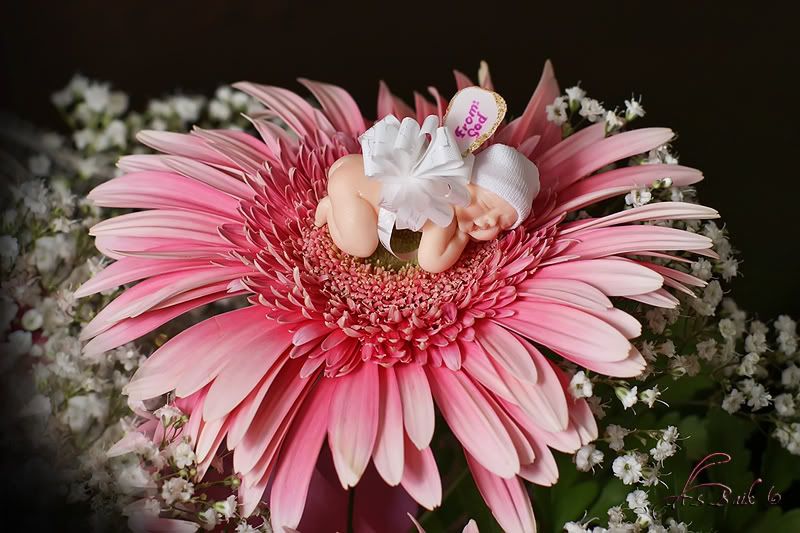
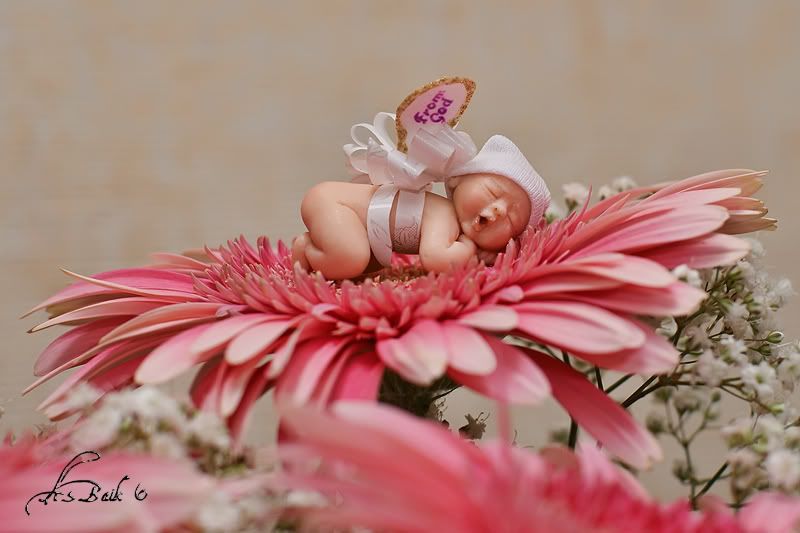
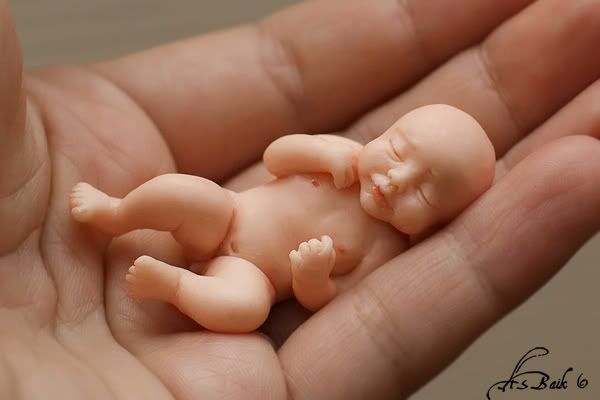
ћатериал: полимерна€ глина FIMO pappen
ћетки: куклы игрушки полимерна€ глина |
ћ крыльев дл€ кукол-фей |
Ёто цитата сообщени€ “аша92 [ѕрочитать целиком + ¬ свой цитатник или сообщество!]
ћетки: игрушки куклы |
¬олнистые волосы дл€ куклы |
Ёто цитата сообщени€ Ћьв€ша [ѕрочитать целиком + ¬ свой цитатник или сообщество!]
ћатеиалы - пр€жа, крючок, иголка
¬рем€ работы 3-4 часа
—ложнось : дл€ начинающих
ќбозначени€ : в.п. - воздудшна€ петл€, ст.б.н. - столбик без накида.
ƒл€ своей очередной куколки € решила сделать волнистые волосы, а точнее локоны.

ћетки: кукла игрушки волосы |
| —траницы: | [1] |


























